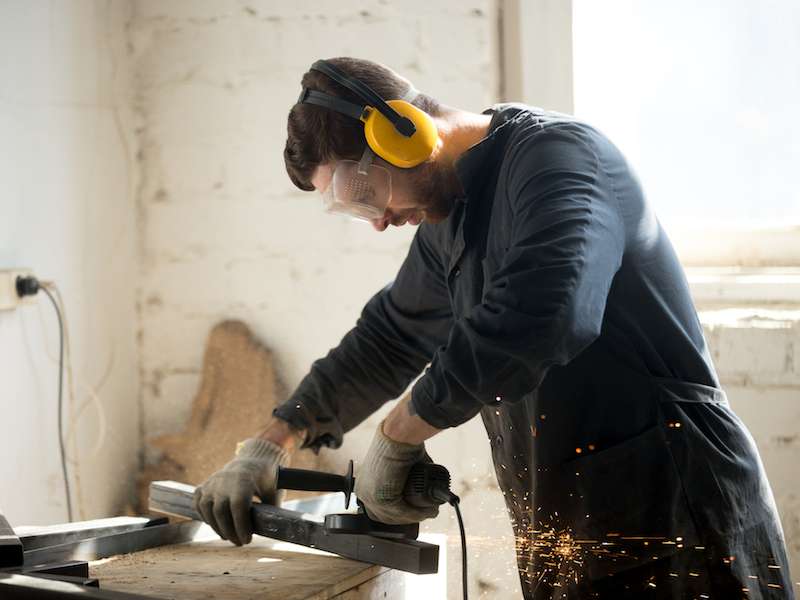
Is your hearing protection failing to safeguard your hearing? Look out for these three things.
Despite your best attempts, you can sometimes run into things that can mess with your hearing protection, both at home and at work. That’s difficult to deal with. After all, you’re striving to do what you’re supposed to do! You use your earmuffs every day while working; you use earplugs when you go to a show; and you stay away from your loud Uncle Joe who is constantly yelling in your ears (although, maybe you just don’t really like Uncle Joe).
Here’s the point, when you’re doing everything right but you’re still having problems, it can be discouraging. The good thing is that once you find out about a few of these simple issues that can interfere with your hearing protection, you can prepare yourself better. And that can ensure that your ear protection functions at peak efficiency even when there’s a bump in the road.
1. Wearing The Wrong Kind of Ear Protection
There are two handy and basic categories of hearing protection: earmuffs and earplugs. Earplugs are small and, as the name indicates, can be put straight into the ear canal. Earmuffs are like large headphones with no sound (instead, they, you know, safeguard your ears).
- When you’re in a situation where noise is fairly constant, earplugs are recommended.
- When loud sounds are more intermittent, earmuffs are recommended.
There’s a simple explanation for that: when there’s no noise, you’ll want to remove you’re hearing protection which is harder to do with earplugs than earmuffs. Earplugs take a little more work to put in and are easy to lose track of so you could find yourself needing to replace lost plugs when you need them most.
Use the right form of hearing protection in the right scenario and you should be okay.
2. Your Anatomy Can Impact Your Ear Protection
There are many differences in human anatomy from person to person. That’s why your vocal cords are average sized compared to old Uncle Joe who has larger vocal cords. That’s also why you might have a smaller than average ear canal.
This can cause issues with your ear protection. Disposable hearing protection is often a one size fits all mindset, or at best, a small, medium, large situation. So, perhaps you give up in frustration because you have small ear canals, and you quit using any hearing protection.
This can leave you exposed to risk, undermining the hearing protection you were trying to provide for yourself. Another instance of this is individuals with large ears who often have a difficult time getting earmuffs to fit comfortably. If you spend a lot of time in noisy environments, it might be worth investing in custom hearing protection personalized to your ears.
3. Check if There’s Any Wear And Tear on Your Hearing Protection
You should be commended if you manage to wear your hearing protection every day. But day-to-day usage will result in wear and tear to your hearing protection which you need to keep an eye on.
- Check the band on earmuff protection. The band will need to be exchanged if the elastic is worn out and no longer holds the earmuffs tight.
- When they’re no longer pliable, replace the cushions on your earmuffs.
- Clean your hearing protection. Ears aren’t exactly the cleanest part of your body (ear wax serves a good purpose and all, but it’s still kind of… yucky). Be certain you clean your hearing protection completely by taking them apart before you clean them. Be mindful not to drop your earplugs down the drain.
If you want to get maximum benefit, you need to perform regular maintenance on your hearing protection. If you have any questions or how to do that, or how to ensure you’re ready for things that can mess with your hearing protection, it’s a smart idea to have a candid conversation with a highly qualified hearing professional.
You need your hearing. Taking the time to protect it properly is essential.
